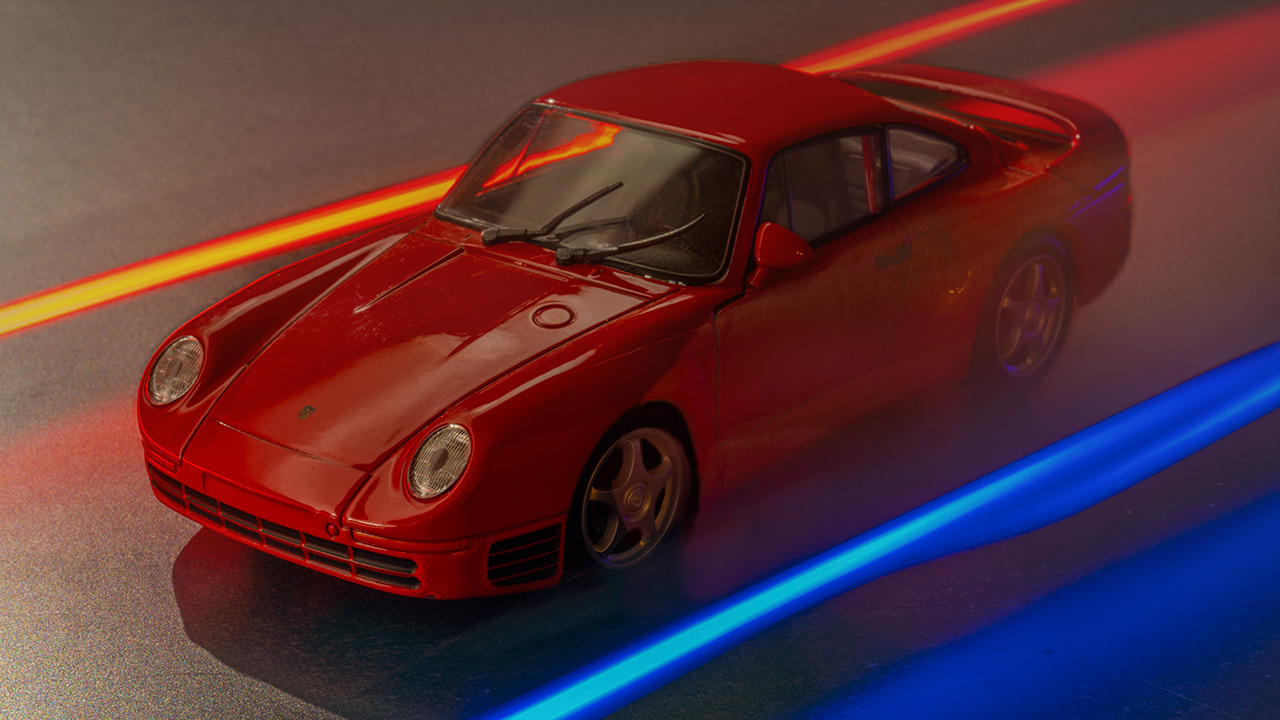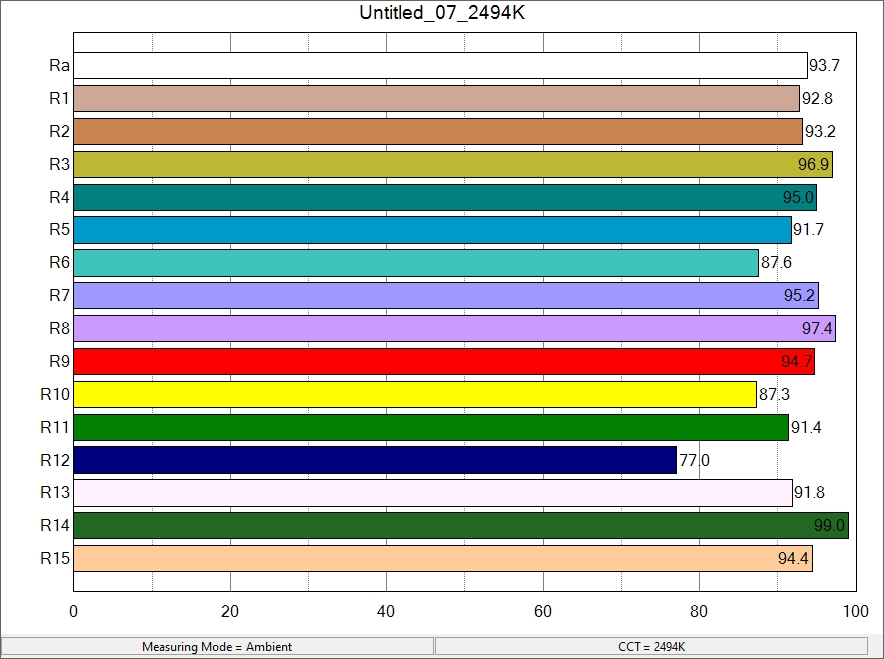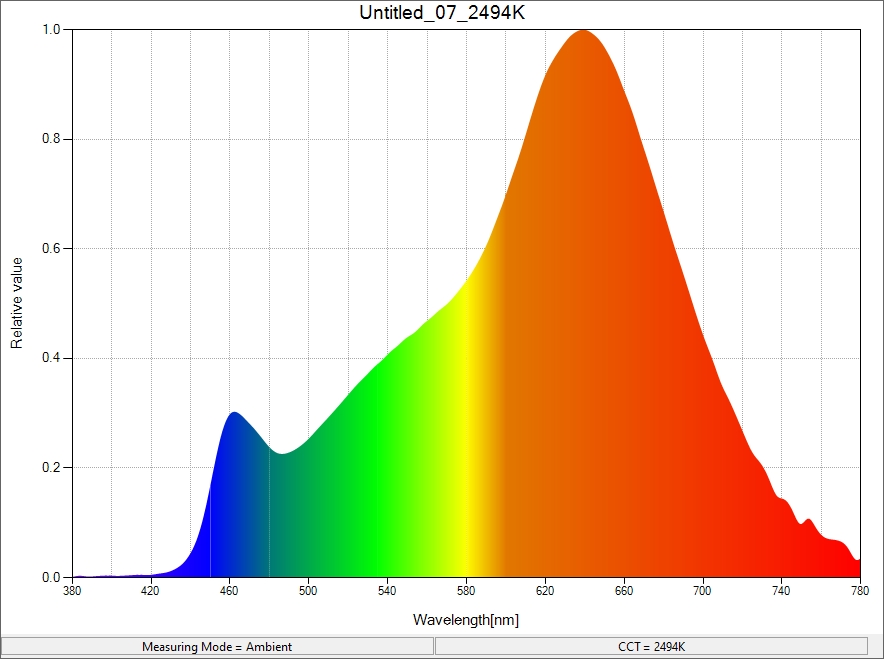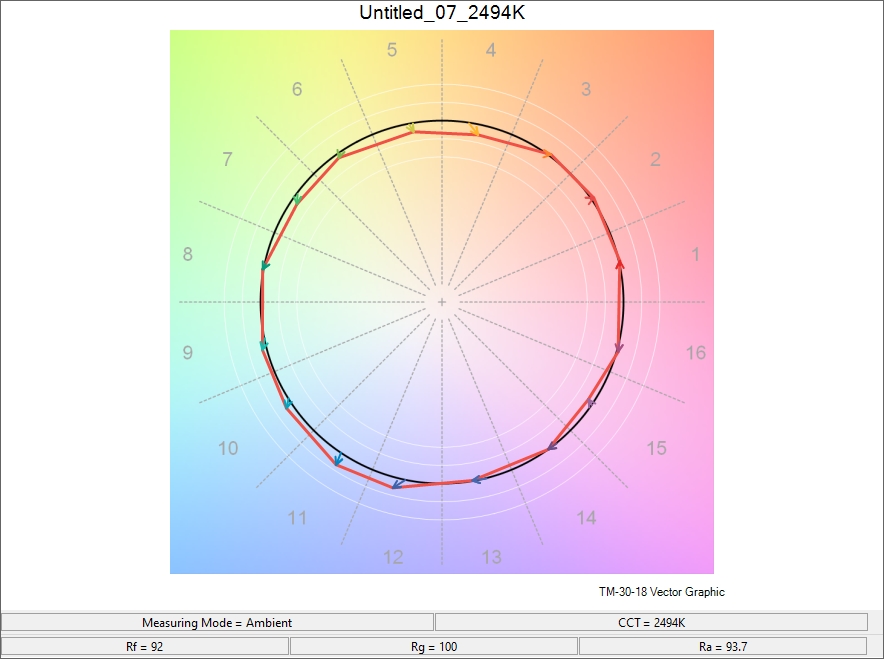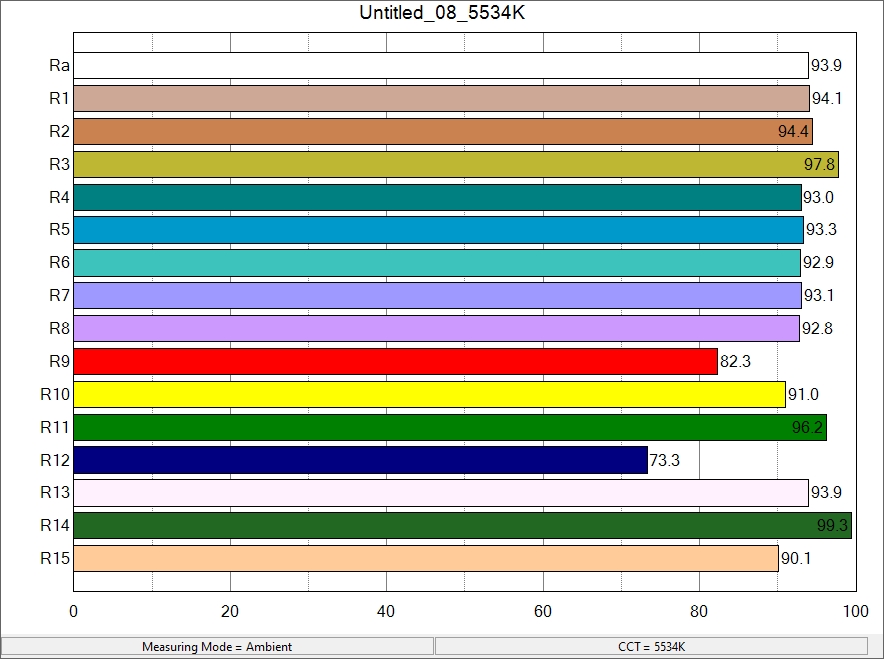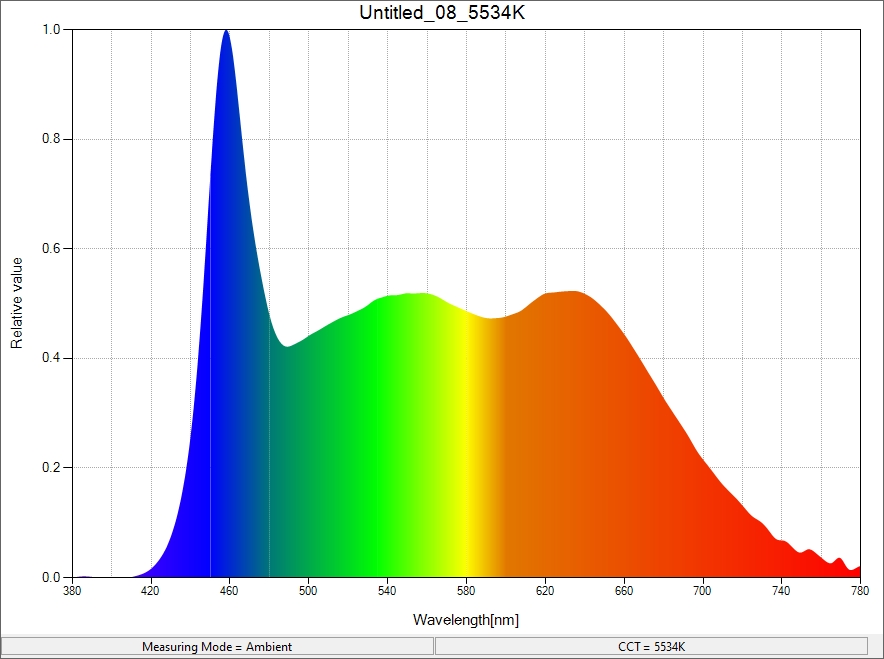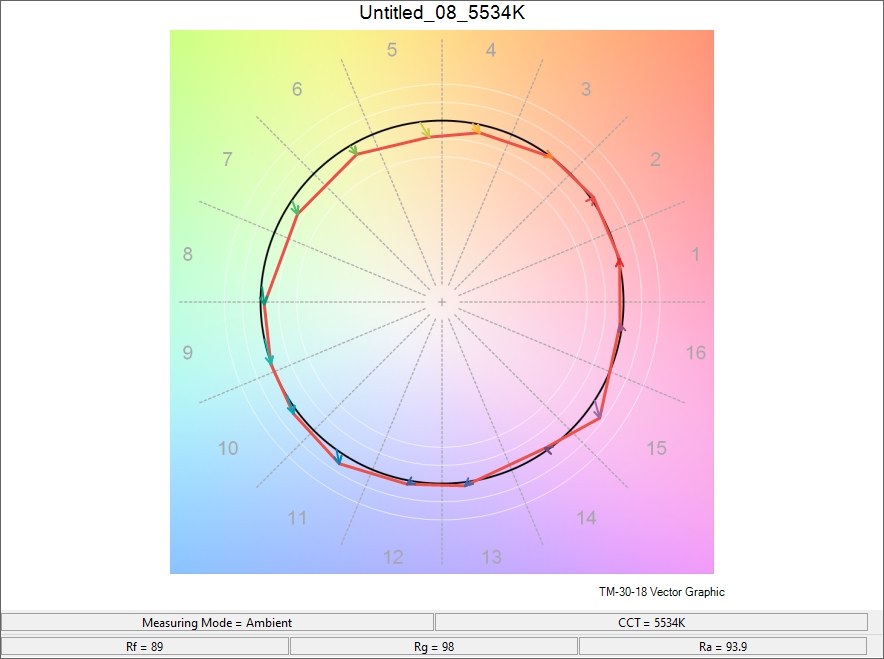Spiffy Gear is an innovative lighting company based in Israel, developing specialty-designed LED products for photographers, filmmakers, and vloggers. Their mission is to offer creative lighting solutions, and so far, their products have been very interesting.
Last year we reviewed one of their products, the Lumie bracelet (see review here) and now they have sent us a new version of this piece of gear, the KYU-6.
Unique form factor
Design and Build of the light Bracelets
The KYU-6 is a very compact, light, and useful feature-rich cine light. Its size makes it versatile for different types of creative mounting for both photography and film. It comes in both Bi-Color and RGB versions, the first can change between 2700K and 6500K and the RGB version offers 14 flicker-free color options. The light weighs only 42 grams and has a very slim profile that allows it to transform into a bracelet and wrap around different items using its flexible mechanism.
This light is tiny, yet it delivers solid colors and enough output to make it a great tool for adding interest to photos and videos. The wearable feature is a great bonus for when you need a light on hand, literally, or a way to position the light without the help of any brackets.
It has a unique form factor that can be used in many different creative ways to light up a product photo, a portrait, or even help as a special effect light.
KYU-6 Features
The KYU-6 has a rubber exterior, which not only makes it splash-proof but also protects it from dust and impacts. There is a rubber flap that conceals the micro USB connector (it would have been nice if they made the switch to USB-C but we can live with that), which closes down way better and is a big improvement from the original version of this light. The Internal battery lasts for about an hour on maximum brightness but can give up to 8 hours of light at a lower setting, If that’s not enough time, you can connect the KYU-6 to a power bank to use for extended periods of time.
The lights offer 5 effect options, including Breathing, Candle, Explosion, Red carpet, and a fast Strobe light. In this upgraded version, you can now control the intensity of light within the effects.
Another very useful feature is the magnetic backing on the light, so it can be set up in many different ways to light up your scene. The package includes some sticky metal circles that you can use to create a magnetic hold for the KYU-6 on any smooth surface. If that is not an option, you can always hang this light up through the eyelet on the top.
KYU-6 Improvements
Since this is an upgraded version of the Lumie model, Spiffy Gear added more control to the lighting options. For example, they now have 5 incremental intensity settings, with an added super low light setting for close-ups.
Other improvements in this version of the light are the optional accessories. There is a light stand and camera cold shoe mount to position the unit vertically as a fill light for vlogging. There is also another mounting option for a three-light setup that you can place on a camera, tripod or even mount it on a metallic surface with the integrated magnets. To power up this three-light setup there is a new triple micro USB cable that you can connect to a wall charger or a power bank for extra-long operation.
Using the KYU-6
As we mentioned, there are two versions of the KYU-6, a bicolor and an RGB version. They are the same size, but you can see the difference in the LEDs in our video and the operation buttons are different. You can change the light output using its three buttons on the unit. The middle button on the bicolor KYU-6 changes the color temperature, while on the RGB light, it’s used to change the color.
The minimal size of this light makes it perfect to use as a practical or effect light. For video productions, this tiny light can be placed in many different places to create accents or light up cramped scenes without getting in the way.
In photography, this can come in handy for light painting. The KYU-6 emits a non-flicker RGB that will maintain nice solid colors even when shooting at high frame rates.
The flexible form factor allows for the creative lighting of small objects. In product photography, this can be useful to hide the light without any extra gear. Or have it in plain sight and integrate it into the scene.
For vlogging or interviews or street photography, the KYU-6 can be used as an on-camera light, especially with the new triple light panel setup.
A little light painting
Testing the KYU-6
We tested the color accuracy and output of the KYU-6 with our Sekonic C800 spectrometer. While the overall CRI is pretty high (93.7), the reds and blues we measured at 5500K were relatively low (R9 82.3, R12 73.3). The output clocked in at 291lux from 30cm/1 feet, which makes it less powerful than other pocket LED lights, like our mini Aperture MC light, but considering the tiny form factor, it’s understandable.
Measurements were taken from 30cm (the light has a 120-degree angle) at 2700K (KYU-6 Bi-color)
- Lux – 291
- Color Temperature – 2494K
- CRI – 93.7
- TLCI – 97
- TM-30-18 Rf – 92
- TM-30-18 Rg – 100
Measurements were taken from 30cm (the light has a 120-degree angle) at 5600K (KYU-6 Bi-color)
- Lux – 318
- Color Temperature – 5534K
- CRI – 93.9
- TLCI – 95
- TM-30-18 Rf – 89
- TM-30-18 Rg – 98
Conclusion
In conclusion, the KYU-6 light by Spiffy Gear is a great product and is very helpful in many specific use cases. Although in our tests the KYU-6 didn’t show a very high color accuracy, we still find it very handy especially when we need a small patch or straight light or color for our photos or videos.
Pricing of the KYU-6
As for pricing, the unit is sold for $45 on Amazon (Bi-color / RGB), but to buy the accessories, and also the 3 light bracket.
You can check out more LensVid exclusive articles and reviews on the following link.

You can support LensVid by shopping with our affiliate partners
Affiliates: Amazon, B&H, Adorama and E-bay.
Why should you trust us?
